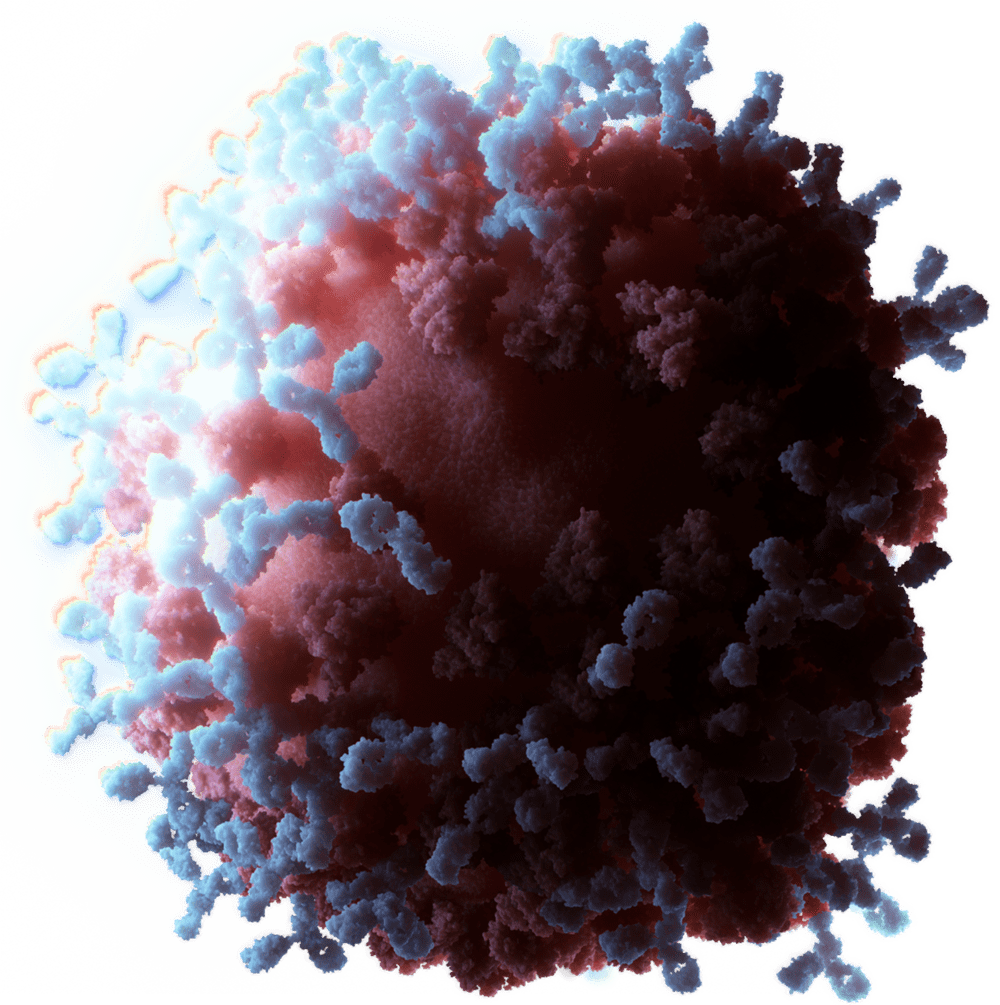 |
Michael Ailion
Associate Professor of Biochemistry
BA, BS 1993, University of Utah
PhD 2000, University of Washington
Off.: J341
Ph.: 206.685.0111
Fax: 206.685.1792
mailion@u.washington.edu
|
Honors
2008 NIH K99/R00 Pathway to Independence Award
2004 Helen Hay Whitney Postdoctoral Fellowship
1994 HHMI Predoctoral Fellowship
Research
Our work spans the areas of cell biology, genetics, neurobiology and biochemistry. We have two independent research projects that superficially are very different, but that converge on similar techniques and cell biological questions related to vesicular trafficking.
Neuromodulation
In one project, we seek to understand the molecular mechanisms of neuromodulation. Neuromodulators are typically neuropeptides, or monoamines such as dopamine, noradrenaline, and serotonin. The release of neuromodulators from dense-core vesicles affects our moods, emotions and appetites. However, dense-core vesicle biogenesis, trafficking and release are not well understood, primarily because few molecules specific to dense-core vesicle function have been identified. Using a genetic screen in C. elegans, we identified at least six novel conserved molecules that function in dense-core vesicle trafficking. One of these encodes a protein with a RUN domain. We have shown that this protein interacts with the small GTPase Rab2 through its RUN domain and functions as a Rab2 effector in the maturation of dense-core vesicles at the trans-Golgi network. Our future plans aim at further dissecting the mechanism of action of these proteins and determining the function of the other new proteins we’ve identified.
Genetic Incompatibilities
In our second project, we are investigating the cellular mechanism of action of a novel selfish genetic element that mediates hybrid incompatibility between different strains of C. elegans. The element consists of a dominant paternal-effect gene peel-1 that acts as a toxin, and its zygotically-acting antidote zeel-1. peel-1 encodes a novel transmembrane protein that is expressed in sperm and delivered to the embryo via specialized, sperm-specific vesicles. In the absence of zeel-1, sperm-supplied PEEL-1 causes lethal defects at a surprisingly late stage of embryogenesis. Remarkably, ectopically expressed PEEL-1 is a potent cytotoxin that kills a variety of cell types, and ectopic ZEEL-1 can rescue this killing. Our future plans aim to determine the mechanism of PEEL-1 toxicity and how ZEEL-1 rescues the toxicity. We also would like to determine whether PEEL-1 is cytotoxic in other organisms because PEEL-1 could be useful as a tool for cell-specific ablation, as well as having possible therapeutic applications.
This study of genetic incompatibilities initially stemmed from a hope to identify genes involved in incipient speciation events. We are still interested in speciation and have been actively involved in isolating new species and wild isolates of Caenorhabditis in the hopes of finding new model systems to study the genetics of incompatibility.
Publications:
